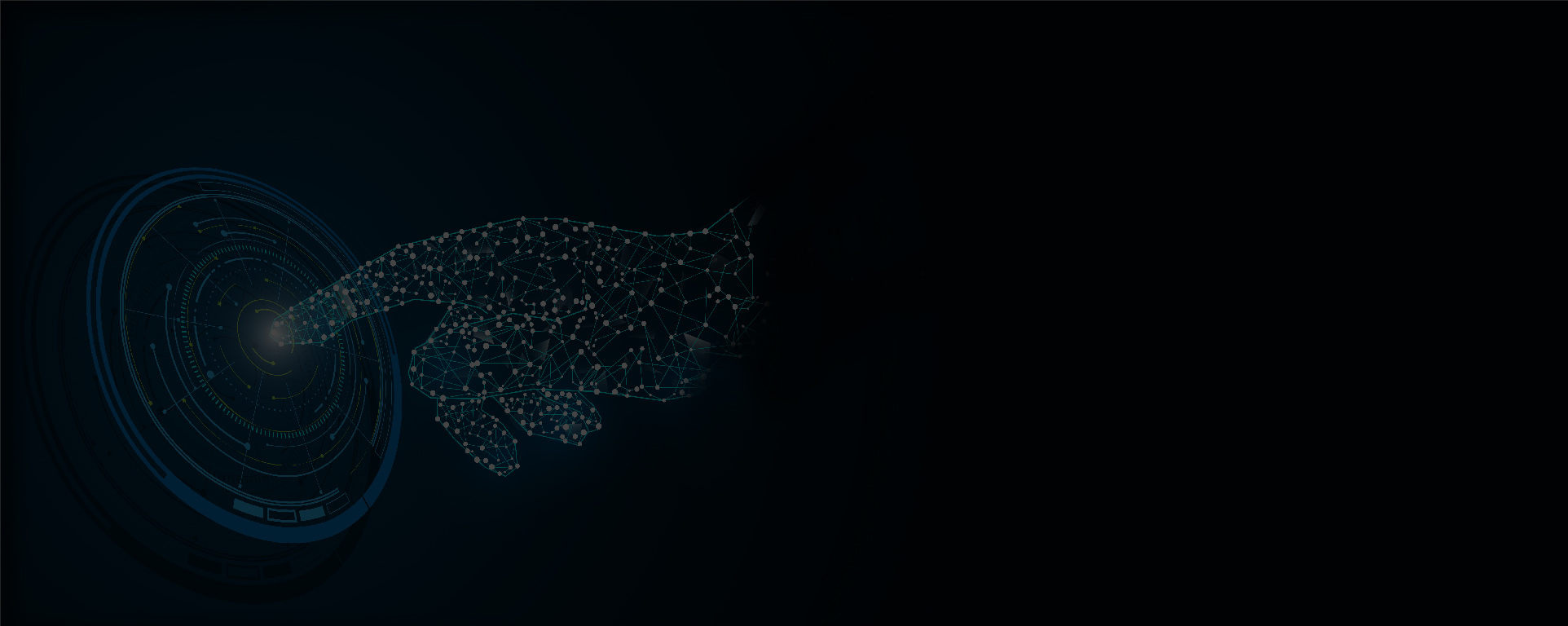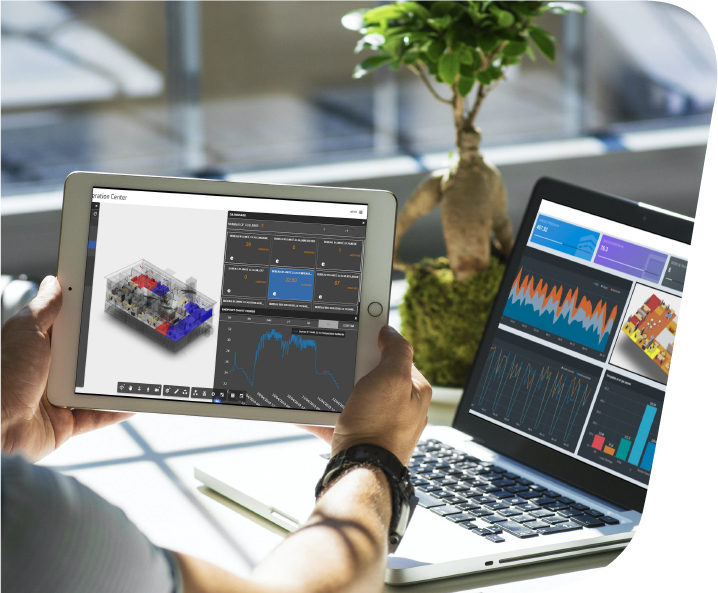
system of systems digital twin
First and foremost, we need to ensure that the technology installed today is future-proofed and can interact easily with other devices/control systems – this is crucial for smart buildings. We live in an emerging danger period where the technology we own is quickly becoming redundant. An open system of systems digital twin platform like SpinalCom’s fulfills that specification by providing the flexibility required to integrate any new data model, system, application … and orchestrate them together in real-time.
A digital twin model can improve the operational efficiency and user experience of a building. But in order to do so, the digital twin will need to contain both static data from the construction phase of the building and the dynamic data of the technical systems and of the occupants during the operational phase. SpinalCom enables that vision through a Digital Twin Operating System (DTOS) and a first series of applications.
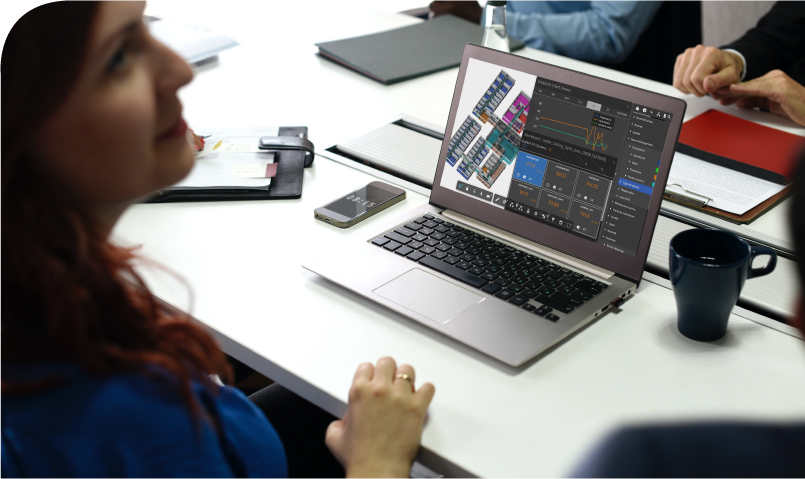
A DTOS can incorporate live data from all the building’s systems to :
-
serve as a central reference frame for all the information (static and/or dynamic) associated with the building
-
simplify coordination with multiple engineering disciplines, suppliers, occupants …
-
inter-connect & orchestrate building systems through a unique framework to automate transactions and optimize operations
-
monitor and control air quality to enhance well-being
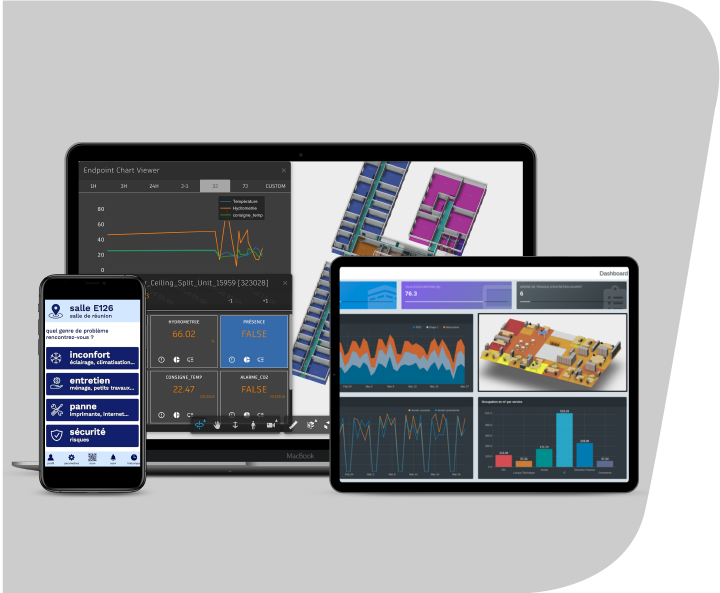
space management
Gaining a better understanding of exactly how occupants use a building is a central component of our digital twin approach, even more today with Covid19. Data captured through sensors is the foundation to be able to program a building’s operational system to have it align with usage patterns and respond appropriately to needs.
Tracking and logging user movements, monitoring building area occupancy levels and trends, and providing real-time information to occupants, smart building technology helps improve space utilization to the benefit of both users and the building’s energy requirements.
Space under-utilization is one of the biggest inefficiency problems buildings present, and Covid19’s impact will emphasize that reality. Some research suggests that traditional assigned-desk configurations in office buildings leave those desks unused up to half the day, and that meeting rooms and other shared areas are often empty as well. That means significant areas of a building, for significant periods of time, are likely being lit and heated/cooled when no one is present.
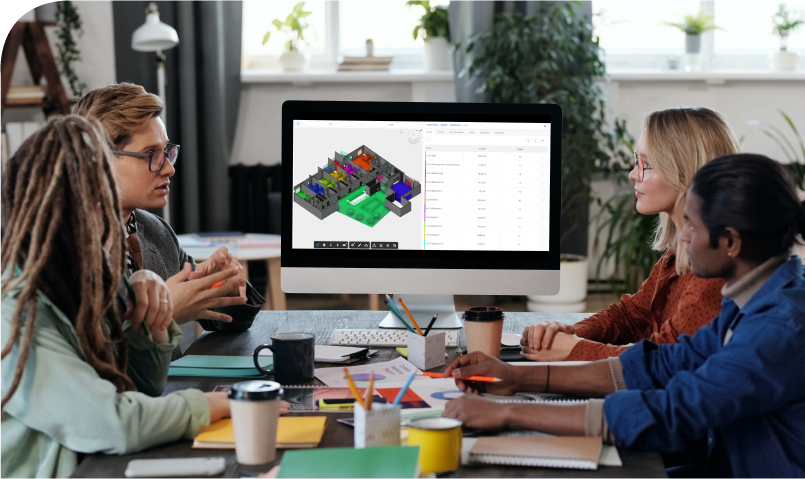
With real-time monitoring of desk and room occupancy via sensors embedded in desk or lighting systems, real-time WiFi data … workers alone or in groups could quickly locate available work areas tailored to their needs. The information would be accessible via mobile phones.
Occupancy detection is destined to become a central feature of smart buildings as efforts are made to improve space utilization and make energy savings. By extension, building users stand to benefit through enhanced productivity and better overall interaction with the building environment.
SpinalCom’s BOS, by pairing up space knowledge (from descriptive data supplied by the BIM) with IoT data, makes reaching these objectives possible.
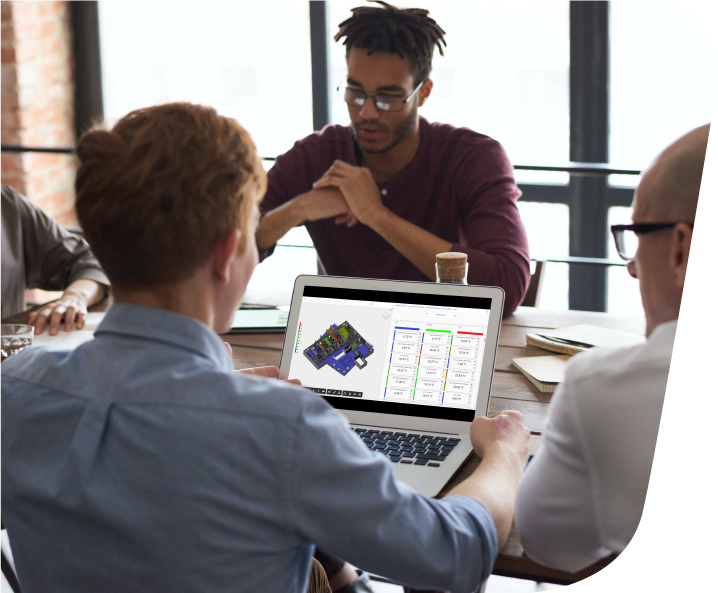
predictive operation and maintenance
Providing a unified platform for all elements of building management, digitization can transform the approach to operation and maintenance. Typically, the current approach involves reliance on a mix of control and management systems. That’s long been achieved with an operations expert capable of managing troubleshooting, inspection, repair and replacement as needed. But even top-notch building operations and maintenance staff must often make guesses about the source of a system’s problems and the timing of service cycles and replacement; actual performance data has played a limited role in decision-making.
In a smart building configuration powered by a digital twin, sensors’ data enables deep monitoring of a building physical plant operations that can supplement knowledge and expertise held in human hands. With digitization, system performance can be monitored and tracked; service and maintenance needs can be predicted and planned; an analytics system can write a ticket in a CMMS without human intervention; and costs can be better compared and estimated based on multiple variables. They can include the age and service record of a plant or piece of equipment; its level of use and how critical it is to building functions; and the investment needed to repair or replace it.
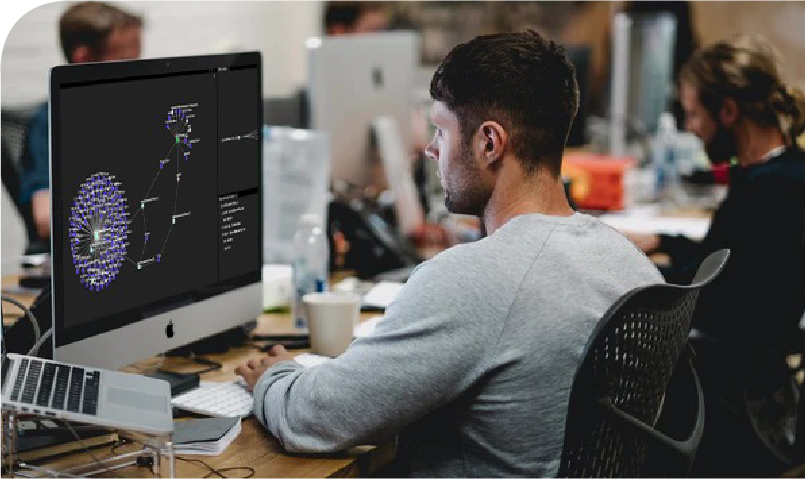
The result is a more efficient and cost-effective system maintenance and movement towards a predictive approach to maintenance. That means less unplanned downtime or outages thanks to rapid necessary replacements or optimized scheduled repairs. Additionally, money is saved by reducing unneeded or premature parts replacements and by minimizing the impact on building operations.
conclusion
Digitization, through a system of systems digital twin, impacts all the sustainability elements. It can provide efficient improvements way beyond the current building management system (BMS) capability. It will also be a key point for improving health and well-being. As a last example, occupants will soon want to know about internal air quality (due to Covid19), driving all real estate stakeholders to monitor and improve air quality levels.



